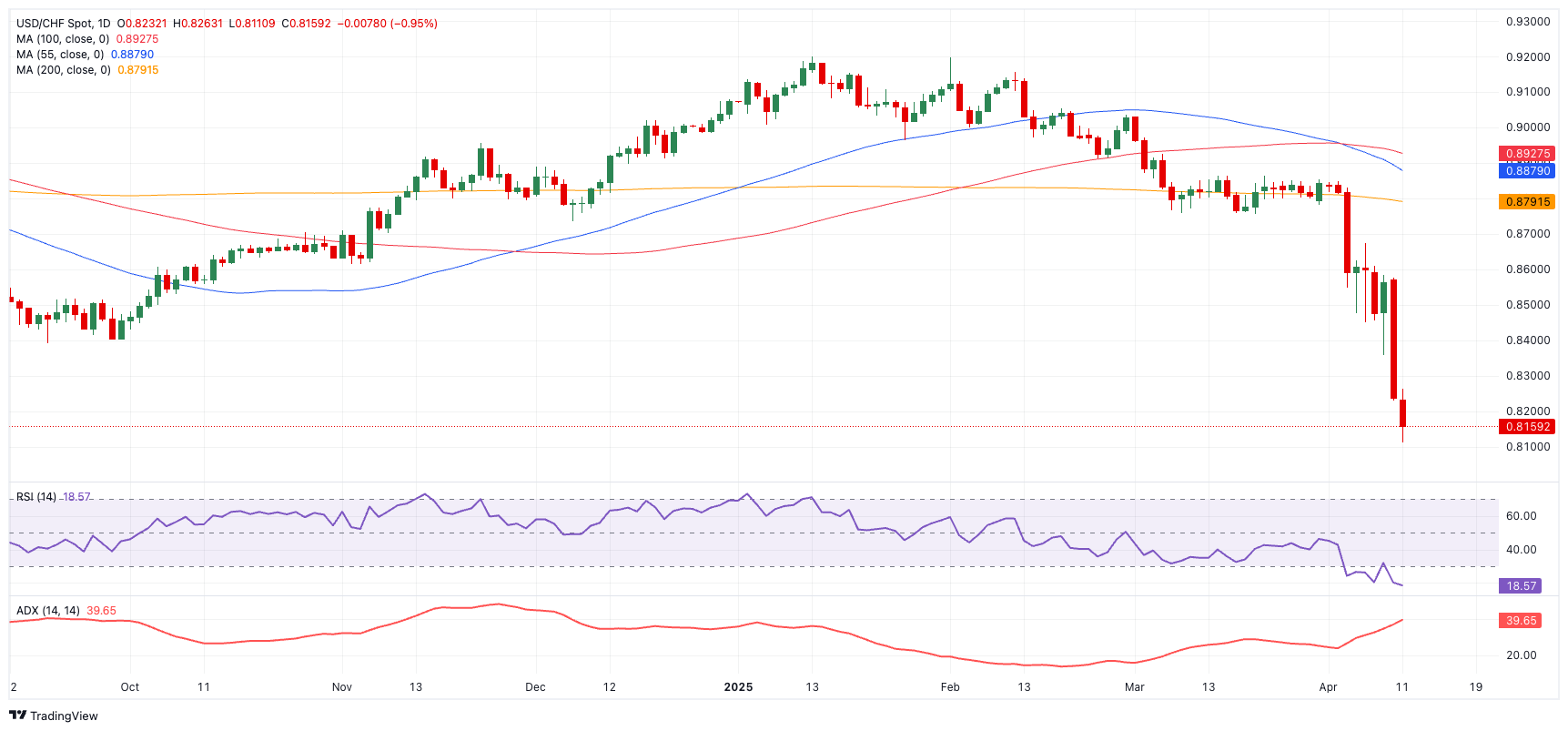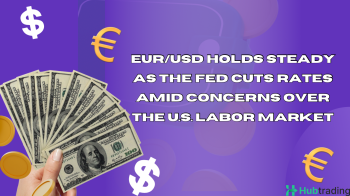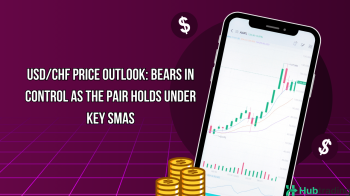-
USD/CHF dips toward the 0.8100 mark before staging a modest recovery.
-
Safe-haven flows boost the Swiss Franc amid heightened trade tensions.
-
Focus turns to upcoming US Producer Price Index data for fresh market direction.
The USD/CHF pair fell sharply on Friday, dipping to the 0.8100 zone for the first time since September 2011, as escalating trade tensions between the US and China triggered a flight to safety. China retaliated with a hefty 125% tariff on US imports, responding to President Trump’s decision to impose a 145% duty on Chinese goods. The tit-for-tat escalation has intensified fears of a prolonged trade war, further rattling global markets.
The Swiss Franc, a traditional safe-haven asset, gained significant traction as investors sought stability amid rising uncertainty. This surge in demand for CHF, combined with growing stagflation concerns in the US, put heavy pressure on the US Dollar. The Dollar Index (DXY) has slumped in recent sessions as softer-than-expected CPI data fueled expectations of additional Federal Reserve rate cuts later this year.
Looking ahead, market focus now shifts to upcoming US inflation data, particularly March’s Producer Price Index (PPI), which may offer fresh clues on cost pressures. In addition, the University of Michigan's preliminary Consumer Sentiment Index—especially its inflation expectations component—could sway sentiment and shape near-term Dollar direction.
Earlier in the day, Switzerland’s Consumer Climate fell modestly to -35 in March, according to SECO, adding to signs of domestic caution despite global volatility.
Technical outlook

USD/CHF remains under strong selling pressure, with the next major support seen at 0.8109 (April 11 low), followed by the psychological 0.8000 mark and the long-term low at 0.7710 from September 2011. On the upside, resistance lies at the 200-day Simple Moving Average (SMA) at 0.8787, then at 0.8809 (March 14 high).
Technical indicators highlight oversold conditions, with the Relative Strength Index (RSI) hovering near 18, suggesting that a short-term rebound or corrective bounce may be on the horizon.





